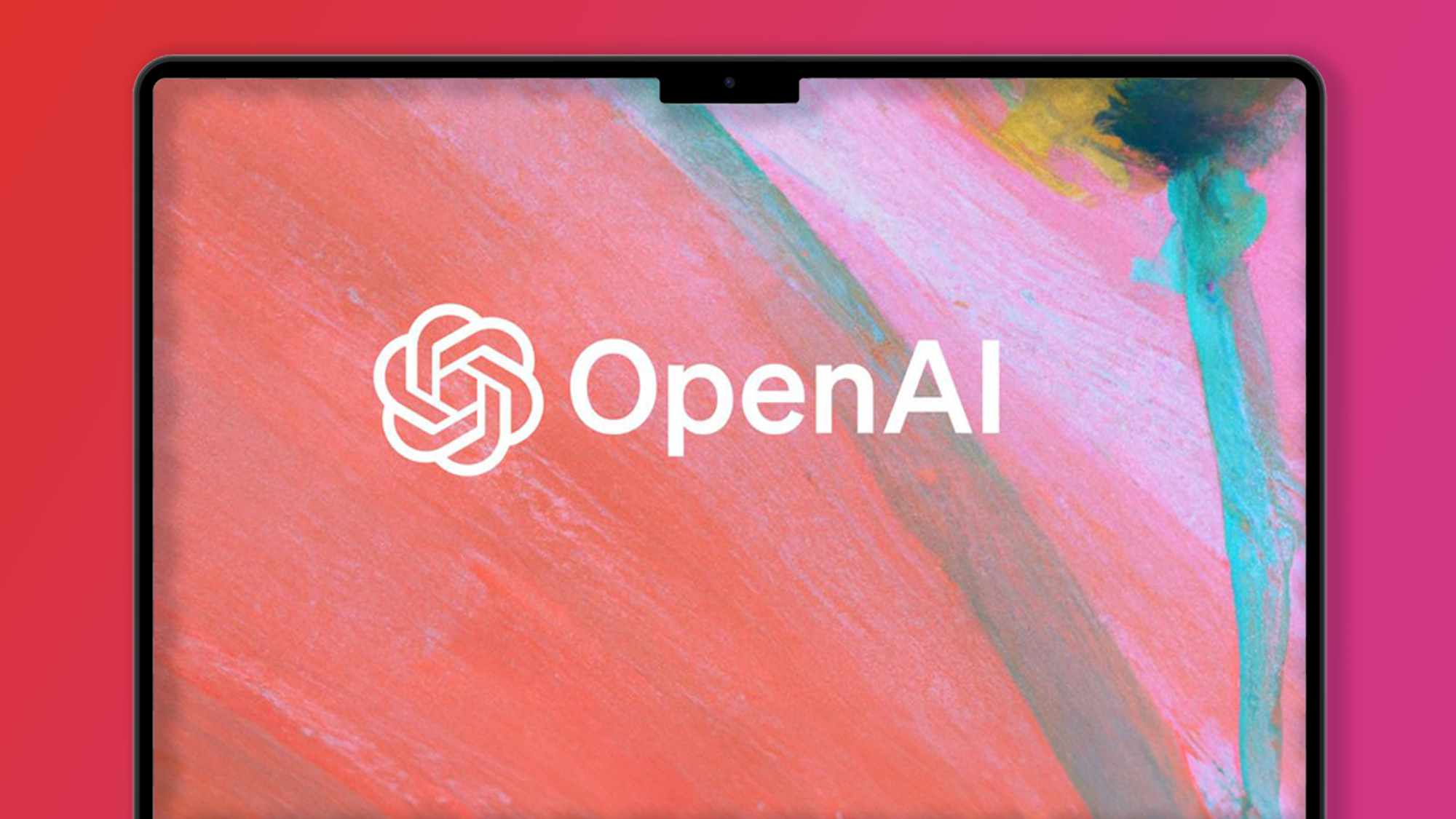OpenAI has a new scale for measuring how smart their AI models are becoming – which is not as comforting as it should be
Things get weird at Level 3

OpenAI has developed an internal scale for charting the progress of its large language models moving toward artificial general intelligence (AGI), according to a report from Bloomberg.
AGI usually means AI with human-like intelligence and is considered the broad goal for AI developers. In earlier references, OpenAI defined AGI as "a highly autonomous system surpassing humans in most economically valuable tasks." That's a point far beyond current AI capabilities. This new scale aims to provide a structured framework for tracking the advancements and setting benchmarks in that pursuit.
The scale introduced by OpenAI breaks down the progress into five levels or milestones on the path to AGI. ChatGPT and its rival chatbots are Level 1. OpenAI claimed to be on the brink of reaching Level 2, which would be an AI system capable of matching a human with a PhD when it comes to solving basic problems. That might be a reference to GPT-5, which OpenAI CEO Sam Altman has said will be a "significant leap forward." After Level 2, the levels become increasingly complex. Level 3 would be an AI agent capable of handling tasks for you without you being there, while a Level 4 AI would actually invent new ideas and concepts. At Level 5, the AI would not only be able to take over tasks for an individual but for entire organizations.
Level Up
The level idea makes sense for OpenAI or really any developer. In fact, a comprehensive framework not only helps OpenAI internally but may also set a universal standard that could be applied to evaluate other AI models.
Still, achieving AGI is not going to happen immediately. Previous comments by Altman and others at OpenAI suggest as little as five years, but timelines vary significantly among experts. The amount of computing power necessary and the financial and technological challenges are substantial.
That's on top of the ethics and safety questions sparked by AGI. There's some very real concern about what AI at that level would mean for society. And OpenAI's recent moves may not reassure anyone. In May, the company dissolved its safety team following the departure of its leader and OpenAI co-founder, Ilya Sutskever. High-level researcher Jan Leike also quit, citing concerns that OpenAI's safety culture was being ignored. Nonetheless, By offering a structured framework, OpenAI aims to set concrete benchmarks for its models and those of its competitors and maybe help all of us prepare for what's coming.
You might also like...
- If you think GPT-4o is something, wait until you see GPT-5 – a 'significant leap forward'
- ChatGPT just (accidentally) shared all of its secret rules – here's what we learned
- What is ChatGPT? Everything you need to know about the AI chatbot
Sign up for breaking news, reviews, opinion, top tech deals, and more.

Eric Hal Schwartz is a freelance writer for TechRadar with more than 15 years of experience covering the intersection of the world and technology. For the last five years, he served as head writer for Voicebot.ai and was on the leading edge of reporting on generative AI and large language models. He's since become an expert on the products of generative AI models, such as OpenAI’s ChatGPT, Anthropic’s Claude, Google Gemini, and every other synthetic media tool. His experience runs the gamut of media, including print, digital, broadcast, and live events. Now, he's continuing to tell the stories people want and need to hear about the rapidly evolving AI space and its impact on their lives. Eric is based in New York City.